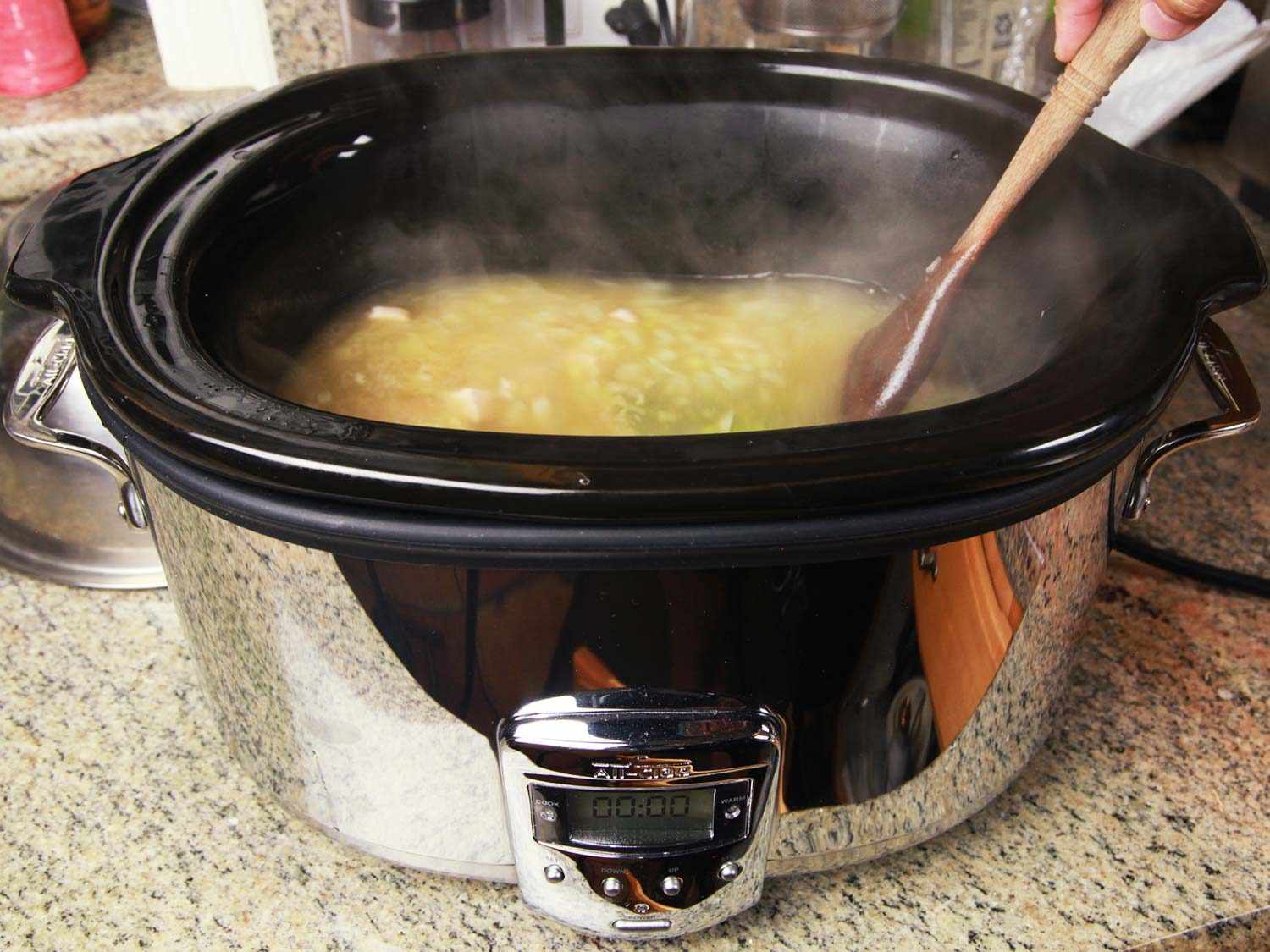

Articles
How To Store Crock Pot Leftovers
Modified: December 7, 2023
Learn how to store your crock pot leftovers properly with our helpful articles. Find tips and tricks to keep your food fresh and delicious.
(Many of the links in this article redirect to a specific reviewed product. Your purchase of these products through affiliate links helps to generate commission for Storables.com, at no extra cost. Learn more)
Introduction
When it comes to cooking with a crock pot, one of the biggest advantages is the ability to prepare large batches of delicious meals with minimal effort. However, this often leads to an abundance of leftovers. While it might be tempting to simply leave them in the pot and refrigerate it, proper storage is essential to maintain the quality and safety of the food.
In this article, we will guide you through the step-by-step process of storing crock pot leftovers to ensure they stay fresh and safe to consume. By following these simple guidelines, you can extend the shelf life of your leftovers and enjoy them for days to come.
Key Takeaways:
- Properly storing crock pot leftovers involves allowing them to cool, transferring to airtight containers, labeling with dates, and storing in the fridge or freezer. Reheat safely to enjoy delicious meals for longer.
- To maintain freshness and safety, cool crock pot leftovers before storing, use appropriate containers, label and date them, and store in the fridge or freezer. Safely reheat to enjoy delicious meals.
Read more: How To Cook A Picnic Ham In A Crock Pot
Step 1: Allow the Food to Cool
Before transferring your crock pot leftovers to storage containers, it is important to allow the food to cool down. This step is crucial in preventing bacterial growth and maintaining the quality of the food.
Start by turning off the crock pot and removing the lid. Let the food sit for about 30 minutes to an hour, or until it reaches room temperature. Avoid putting hot food directly into storage containers, as the trapped heat can create condensation and promote the growth of bacteria.
During the cooling process, make sure to stir the food occasionally. This will help distribute the heat evenly and speed up the cooling process. If you’re in a hurry, you can place the crock pot in a shallow pan of ice water or use an ice bath to cool the food more quickly. However, always monitor the temperature to ensure it stays within the safe range.
Remember, improper cooling can lead to foodborne illnesses, so it is important not to skip this step. Once the food has cooled down, you can proceed to the next step of transferring it to storage containers.
Step 2: Transfer the Leftovers into Appropriate Containers
After allowing the crock pot leftovers to cool, it’s time to transfer them into appropriate storage containers. It’s important to choose containers that are both convenient and safe for storing food.
Firstly, opt for containers that are made of food-grade materials such as glass, BPA-free plastic, or stainless steel. If using plastic containers, ensure they are labeled as microwave-safe and dishwasher-safe for added convenience.
If possible, choose containers that have airtight lids. This will help maintain the freshness of the food and prevent any odors from spreading to other items in the refrigerator or freezer. Airtight containers also help prevent freezer burn, which can affect the quality of frozen leftovers.
When transferring the leftovers, avoid overfilling the containers. Leave some headspace at the top to allow for expansion if you plan to freeze the food. It’s recommended to leave about an inch of space for liquids and half an inch for solids.
If you have large quantities of leftovers, you may consider using individual portion-sized containers. This makes it easier to grab a single serving when needed, without having to thaw the entire batch.
Lastly, make sure to clean and sanitize the containers before use. Wash them with hot, soapy water, rinse well, and allow them to air dry or use a clean towel to dry them thoroughly.
Once the leftovers are transferred into the appropriate containers, you’re ready to move on to the next step of labeling and dating them for easy identification.
Step 3: Label and Date the Containers
Properly labeling and dating your crock pot leftovers is crucial for keeping track of their freshness and ensuring you consume them within a safe timeframe. This step may seem simple, but it can make a big difference in food safety and organization in your refrigerator or freezer.
Start by using waterproof and smudge-proof labels or markers that won’t fade or run when in contact with moisture. You can label the containers with the name of the dish and the date it was prepared. This will help you easily identify the contents and determine how long they have been stored.
When it comes to dating the containers, it is recommended to use a “first in, first out” approach. This means that you should consume the oldest leftovers first before moving on to the more recent ones. This ensures that you minimize food waste and consume the food while it is still at its best quality.
If you are planning to freeze the leftovers, be sure to mention the date of freezing as well. This will help you keep track of how long they have been in the freezer and ensure you consume them before they start to lose their flavor or texture.
Additionally, consider adding any specific reheating instructions to the label if necessary. This can be a helpful reminder for the future when you want to enjoy your leftovers.
By labeling and dating your containers, you will have a clear overview of what’s stored in your refrigerator or freezer, helping you stay organized and reduce the risk of consuming spoiled food.
Store crock pot leftovers in airtight containers to maintain freshness and prevent odors from spreading in the fridge. Label containers with the date to keep track of freshness.
Step 4: Store in the Refrigerator or Freezer
Now that your crock pot leftovers are properly labeled and dated, it’s time to store them in either the refrigerator or the freezer, depending on your needs and how soon you plan to consume them.
If you plan to consume the leftovers within the next few days, storing them in the refrigerator is the way to go. Place the labeled and dated containers in the refrigerator’s main compartment, away from raw meats and other potentially contaminated foods. Make sure the temperature of your refrigerator is set to 40°F (4°C) or below to keep the food safe.
When storing in the refrigerator, it’s important to remember that most cooked leftovers are safe to consume within 3 to 4 days. After that period, the quality and flavor of the food may begin to deteriorate, and the risk of foodborne illnesses increases.
If you don’t plan on consuming the leftovers within the recommended time frame, it’s best to store them in the freezer. Freezing the leftovers can extend their shelf life significantly. Make sure to place the containers in the freezer as soon as possible after they have cooled to room temperature.
When storing in the freezer, remember to leave enough headspace to allow for expansion. This is especially important for dishes that contain liquid or sauces, which tend to expand as they freeze. Properly sealed, airtight containers will help prevent freezer burn and maintain the quality of the food for an extended period.
When you’re ready to enjoy the frozen leftovers, be sure to thaw them properly in the refrigerator overnight or using the defrost setting on your microwave. Once thawed, you can reheat them safely following the next step.
By storing your crock pot leftovers in the refrigerator or freezer, you can ensure their freshness and prolong their shelf life, providing you with convenient and delicious meals in the future.
Step 5: Reheating the Leftovers Safely
After storing your crock pot leftovers, it’s important to know how to safely reheat them before enjoying a delicious meal. Follow these guidelines to ensure that your reheated leftovers are safe to eat:
1. Thawing: If you have stored your leftovers in the freezer, thaw them in the refrigerator overnight or use the defrost setting on your microwave. Avoid thawing at room temperature, as it can promote bacterial growth.
2. Reheating temperature: It is crucial to heat the leftovers to a safe temperature to kill any bacteria or pathogens that may have developed during storage. The internal temperature should reach at least 165°F (74°C) to ensure food safety.
3. Microwave reheating: If using a microwave, cover the container with a microwave-safe lid or use microwave-safe plastic wrap to prevent splattering. Stir the food occasionally to ensure even heating. Follow the recommended microwave time and power settings provided on the label or in your microwave’s user manual.
4. Stove or oven reheating: If reheating on the stove or in the oven, transfer the leftovers to a saucepan or oven-safe dish. Add a little liquid, such as broth or water, to prevent the food from drying out. Heat over medium heat or in a preheated oven, stirring occasionally, until the desired temperature is reached.
5. Final check: Before consuming the reheated leftovers, make sure they are piping hot throughout. Use a food thermometer to verify that the internal temperature has reached the recommended 165°F (74°C).
6. Reheating multiple times: It is best to reheat leftovers only once. Each time you reheat food, it increases the risk of bacterial growth. If there are still leftovers after reheating, only reheat the portion you plan to consume at that time.
By following these guidelines, you can safely reheat your crock pot leftovers and enjoy a hot, delicious meal without compromising your health.
Conclusion
Storing crock pot leftovers properly is essential to maintain their freshness, quality, and safety. By following these five steps – allowing the food to cool, transferring it into appropriate containers, labeling and dating the containers, storing in the refrigerator or freezer, and reheating safely – you can ensure that your leftovers last longer and remain delicious.
Remember to give your leftovers ample time to cool down before transferring them to storage containers. Use food-grade containers with airtight lids to maintain freshness and prevent cross-contamination in your refrigerator or freezer. Label and date the containers to keep track of their shelf life and reduce food waste. Store in the refrigerator if you plan to consume them within a few days, or in the freezer for longer-term storage.
When reheating, follow safe temperature guidelines and ensure the food reaches at least 165°F (74°C) to kill any bacteria that may have developed. Thaw frozen leftovers in the refrigerator or using the defrost setting on your microwave to avoid bacterial growth.
By following these steps, you can make the most of your crock pot leftovers while ensuring their safety and maintaining their taste and texture. So, the next time you cook up a big batch in your crock pot, rest assured that you have the knowledge to store and enjoy your leftovers in a safe and delicious way!
Frequently Asked Questions about How To Store Crock Pot Leftovers
Was this page helpful?
At Storables.com, we guarantee accurate and reliable information. Our content, validated by Expert Board Contributors, is crafted following stringent Editorial Policies. We're committed to providing you with well-researched, expert-backed insights for all your informational needs.
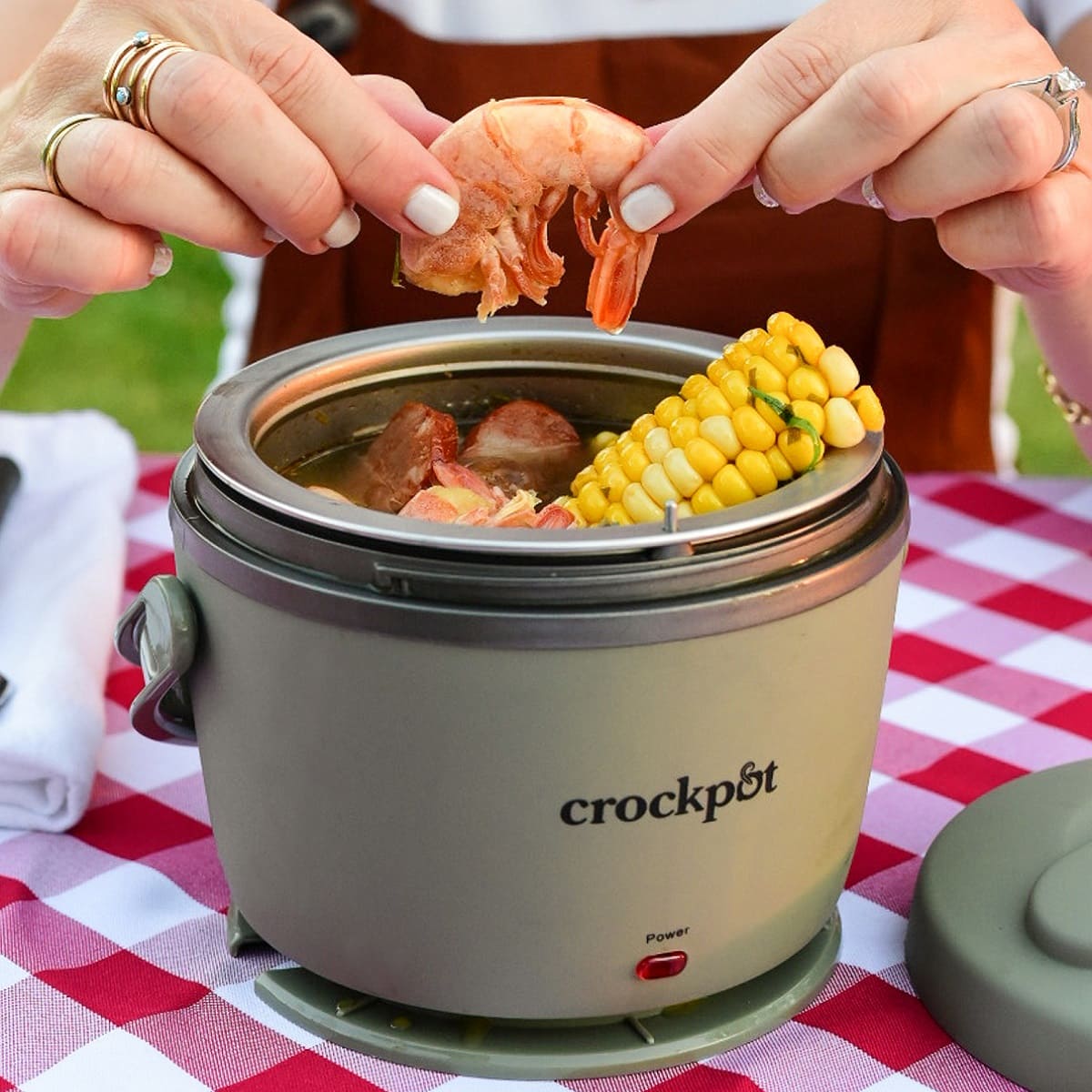
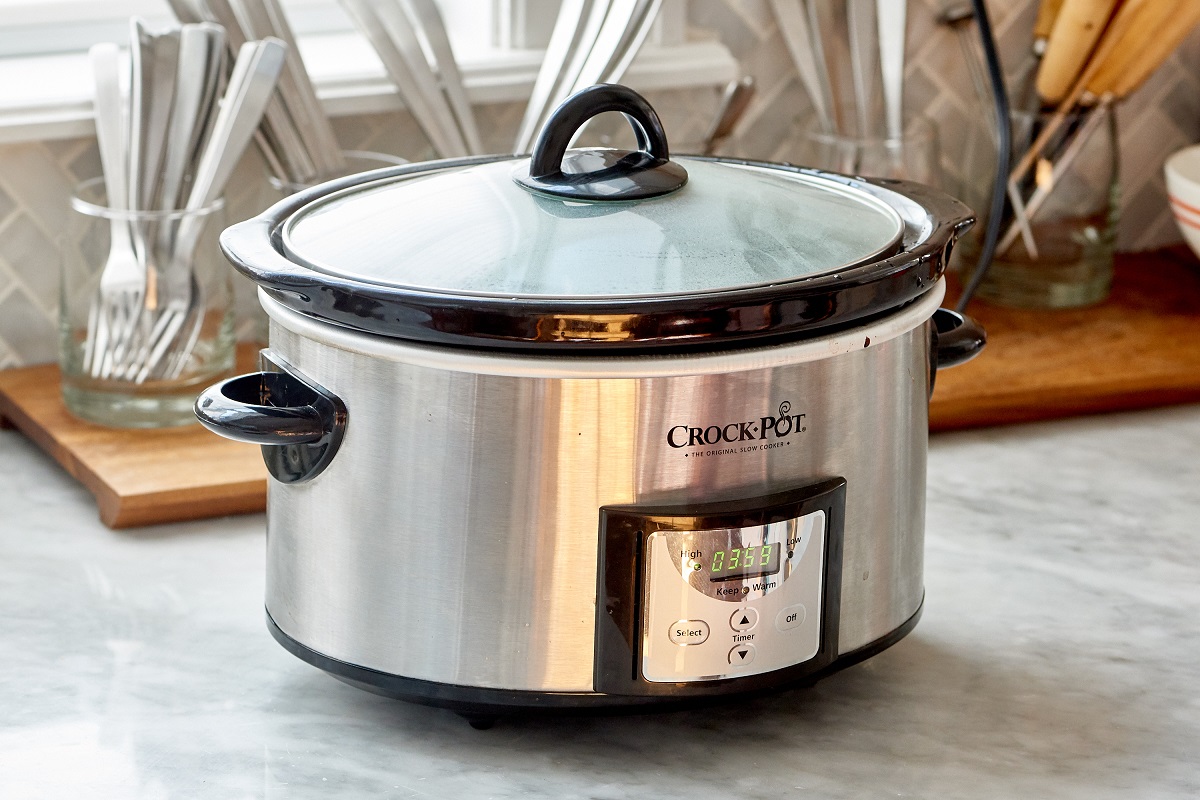
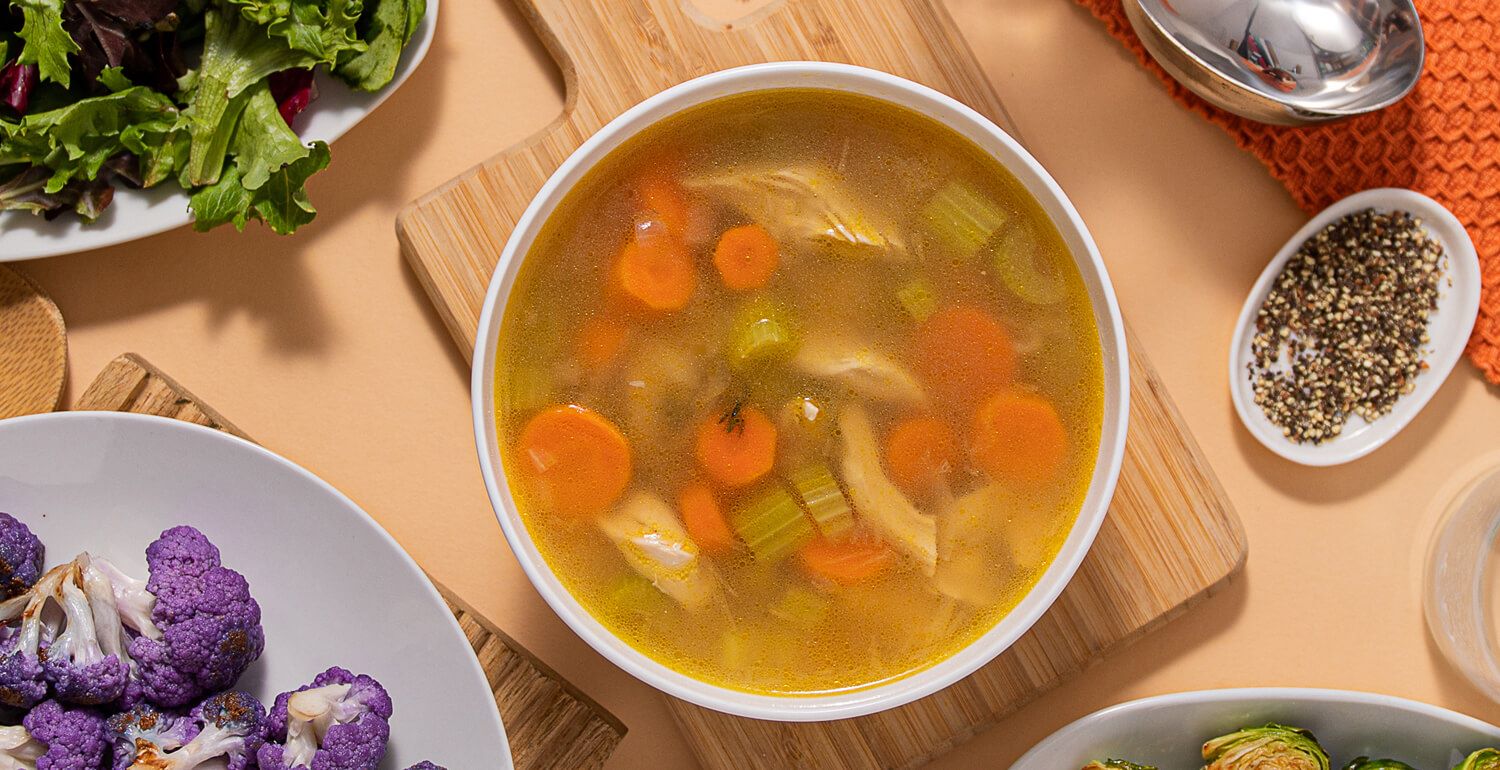

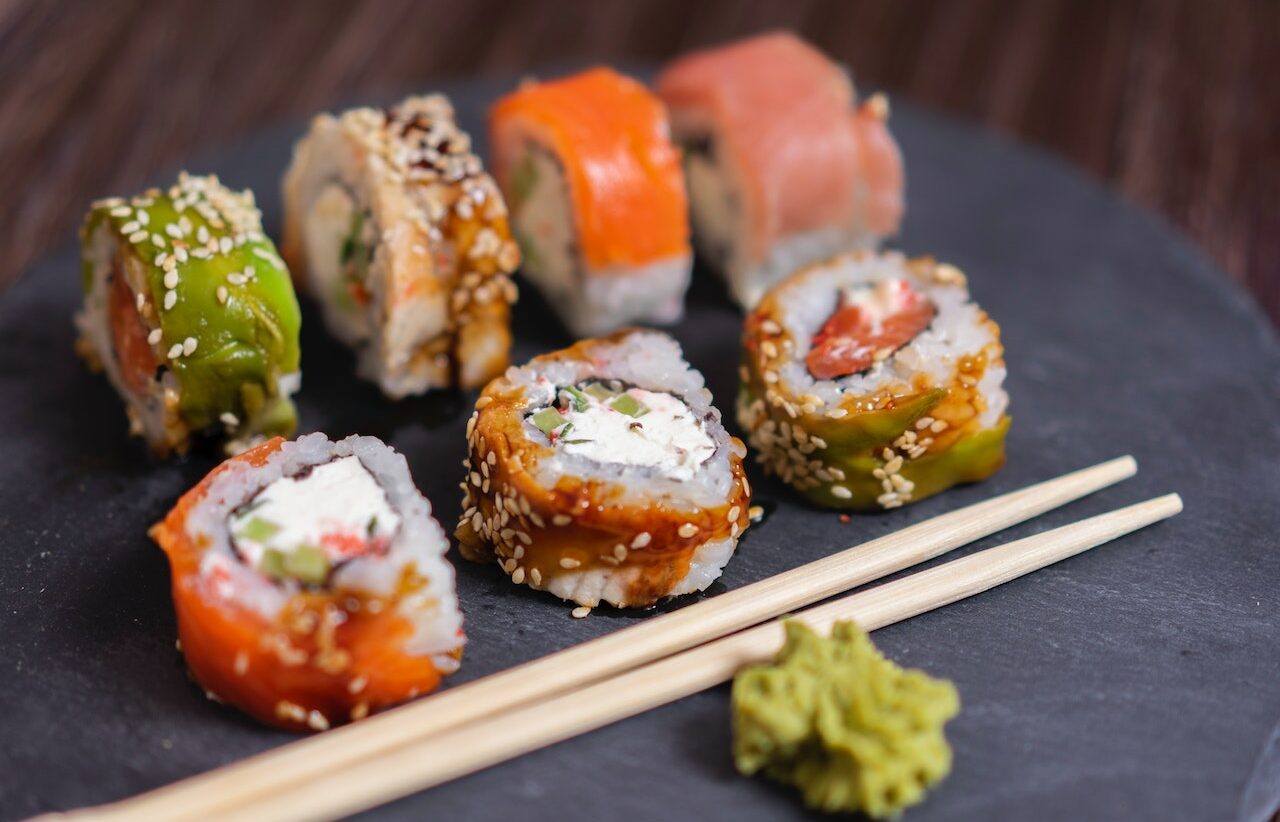

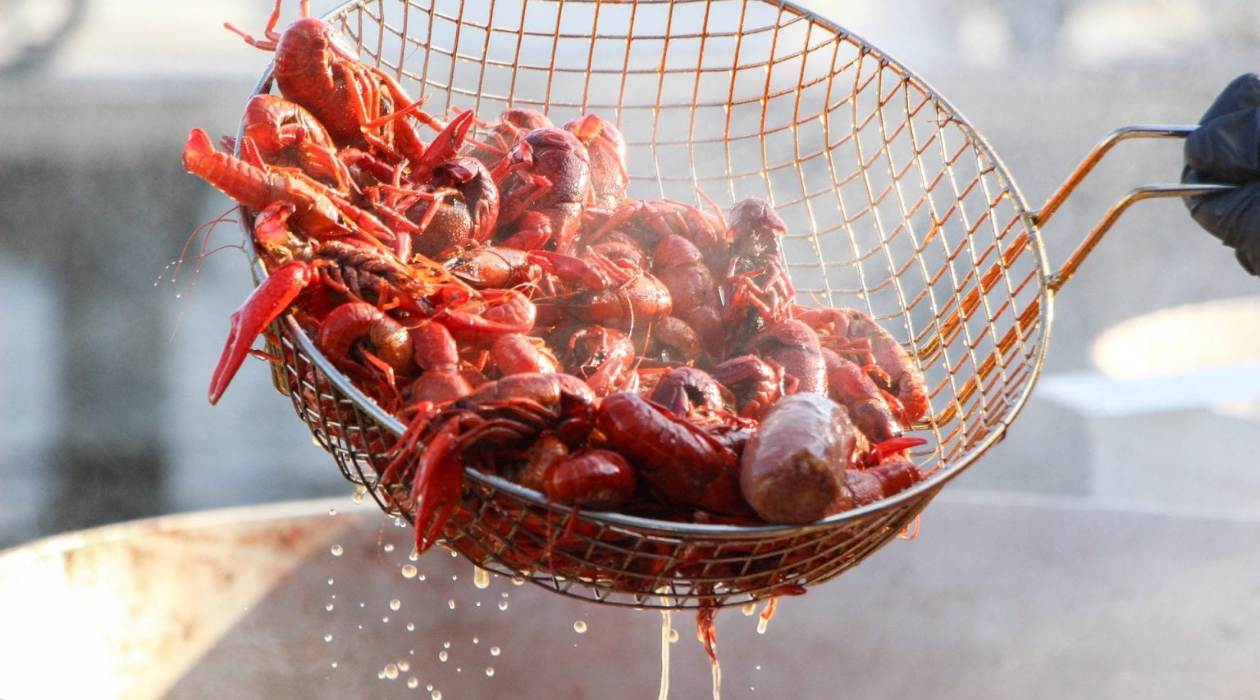
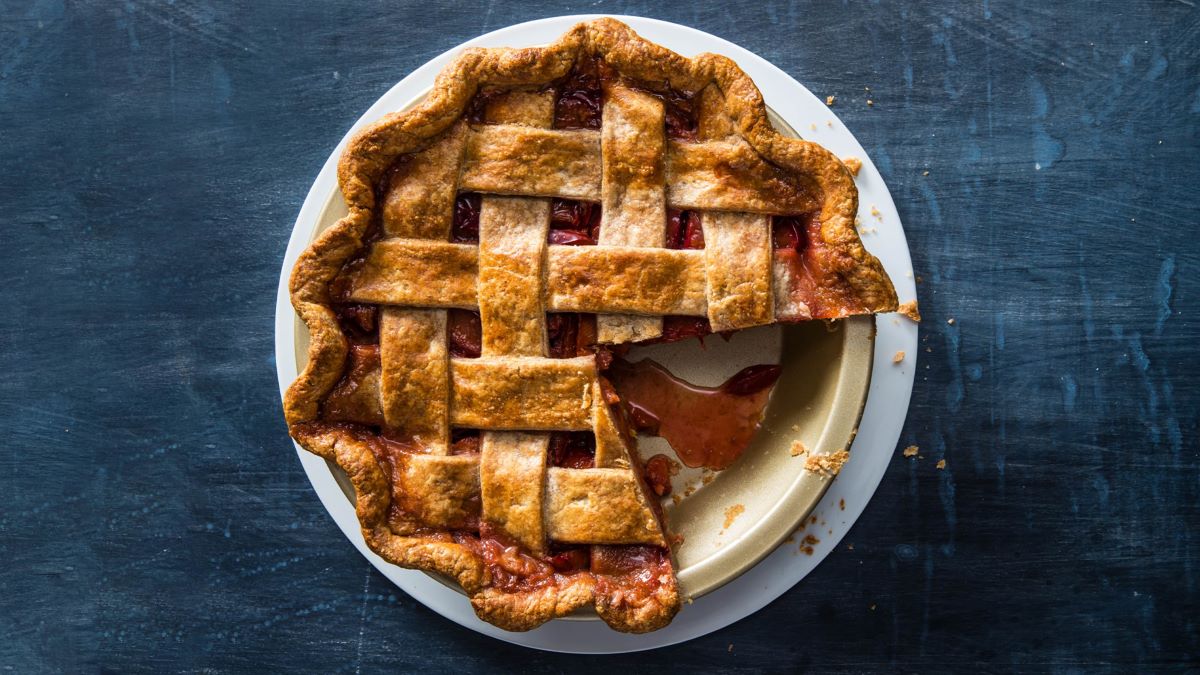
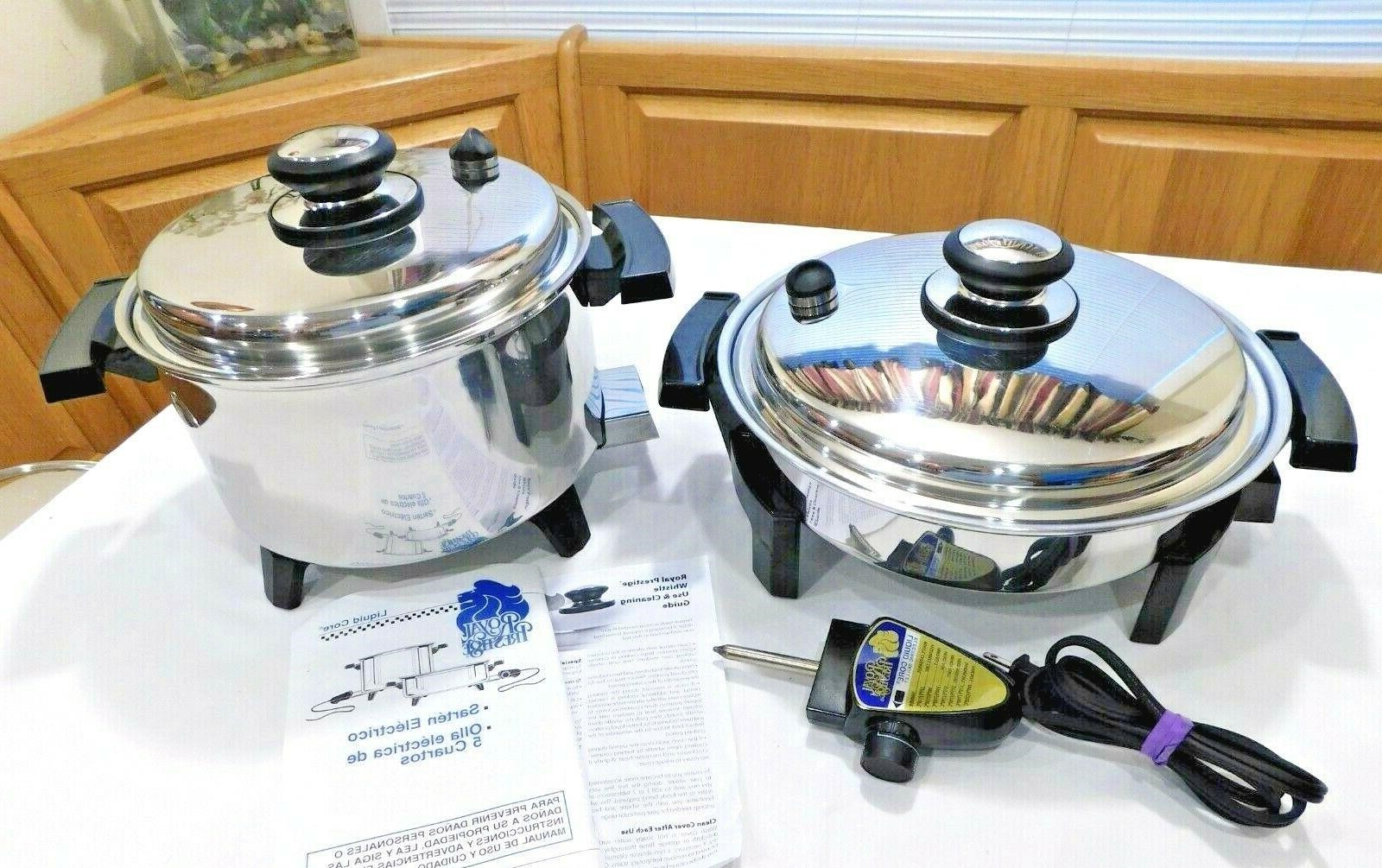
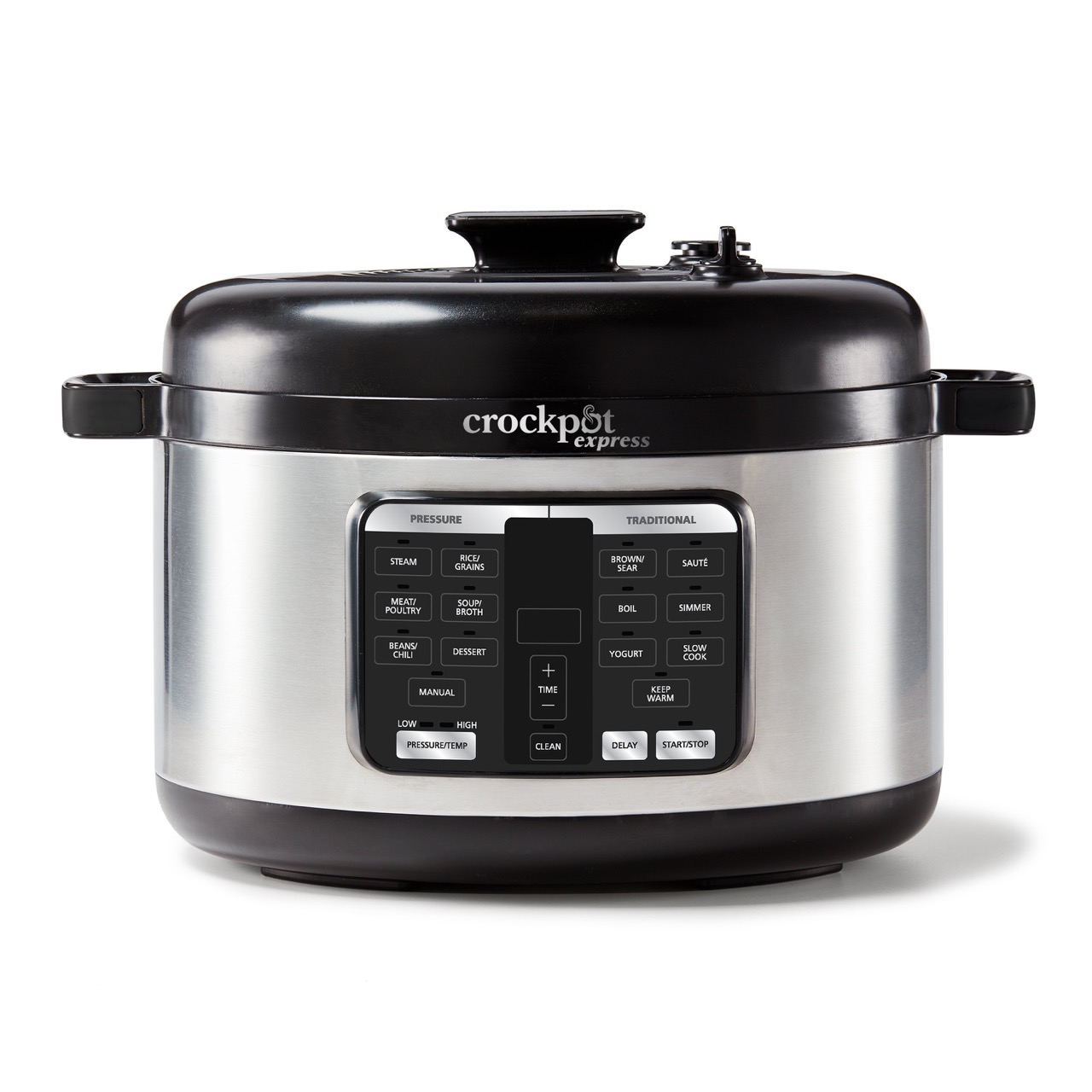
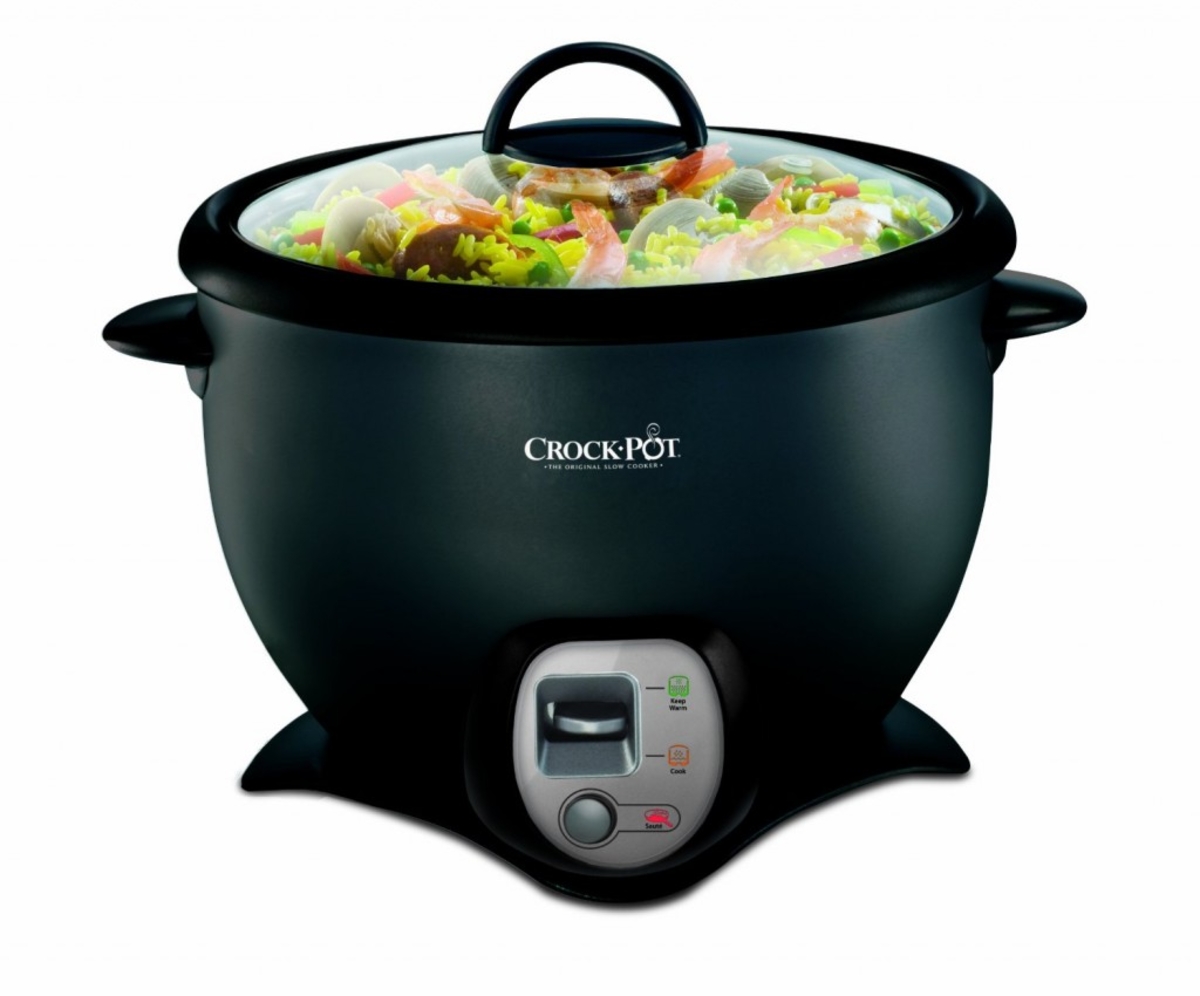
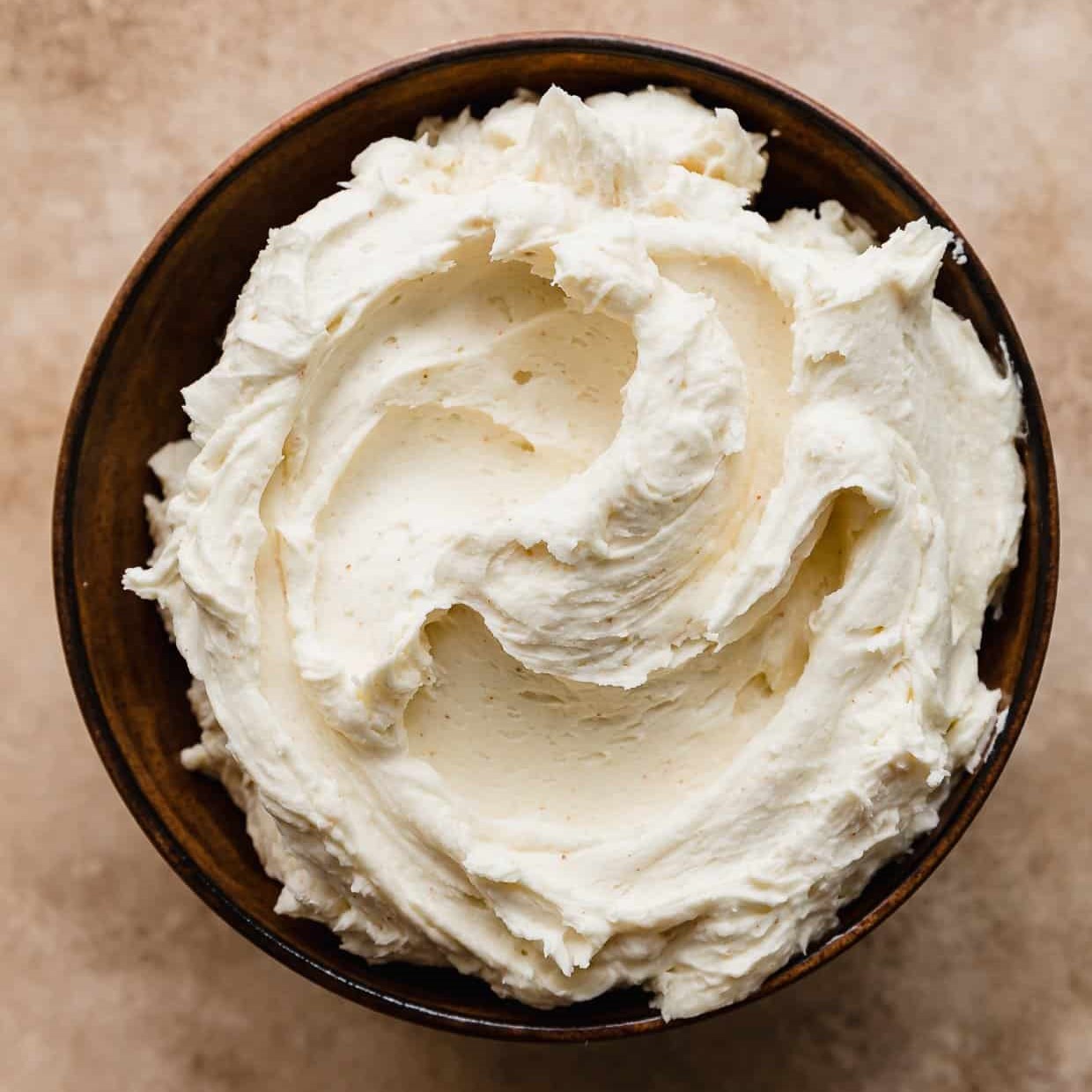
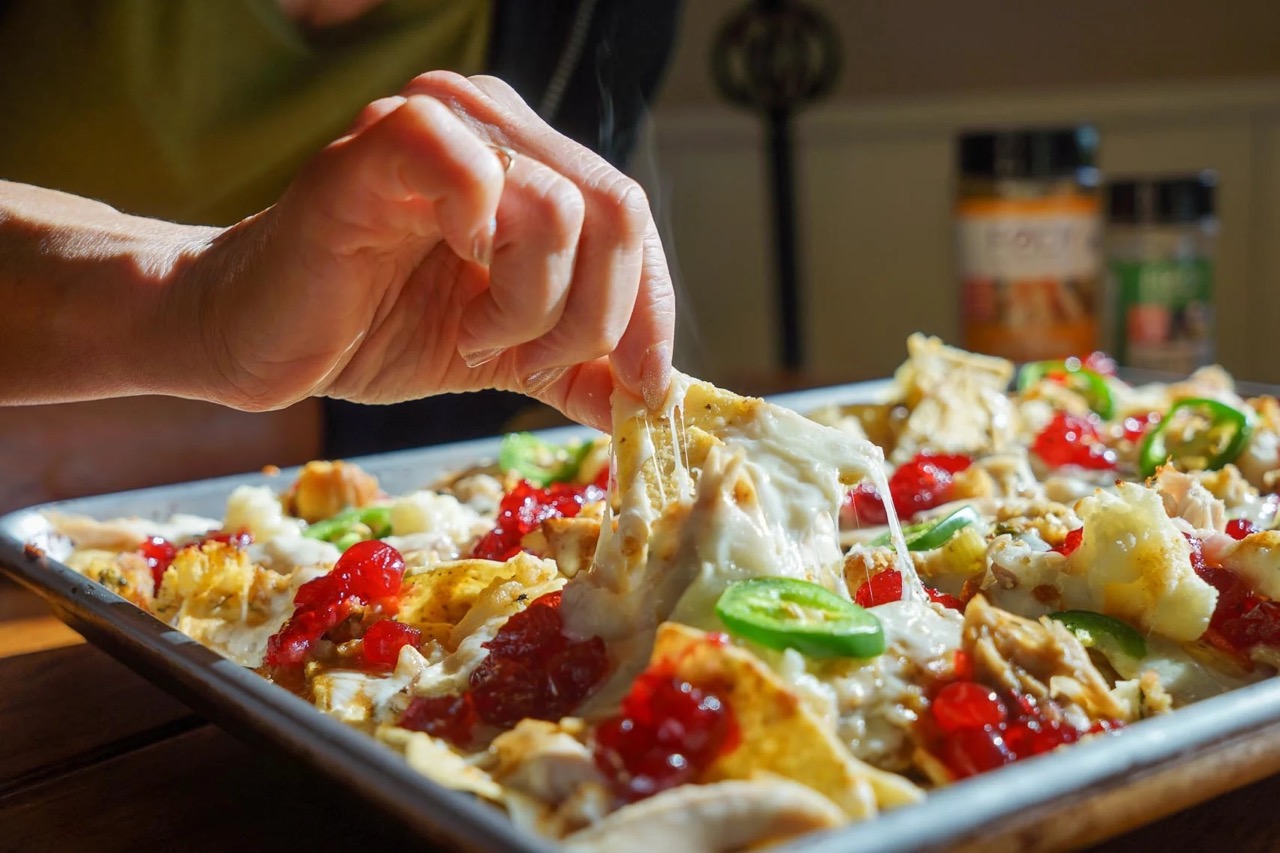
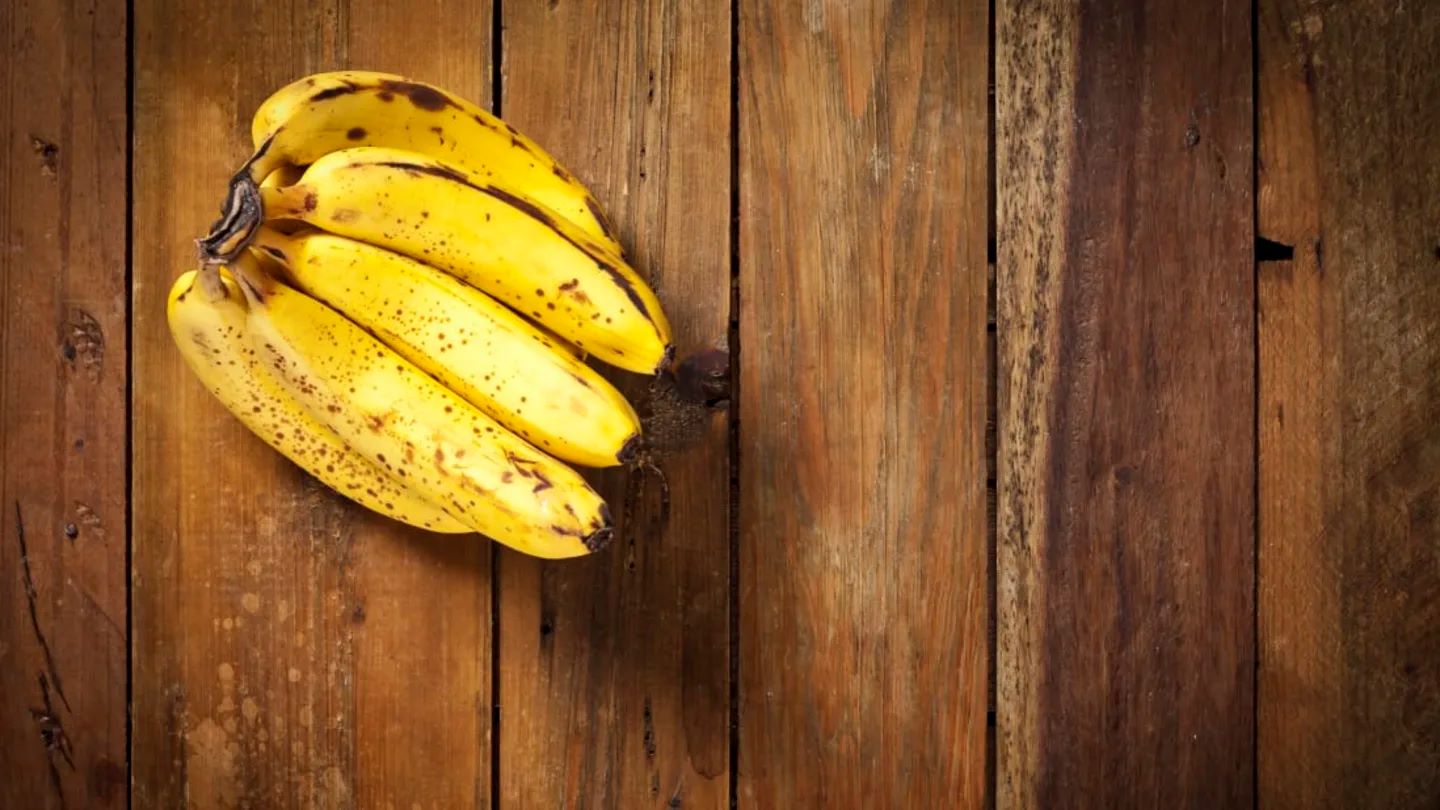

0 thoughts on “How To Store Crock Pot Leftovers”